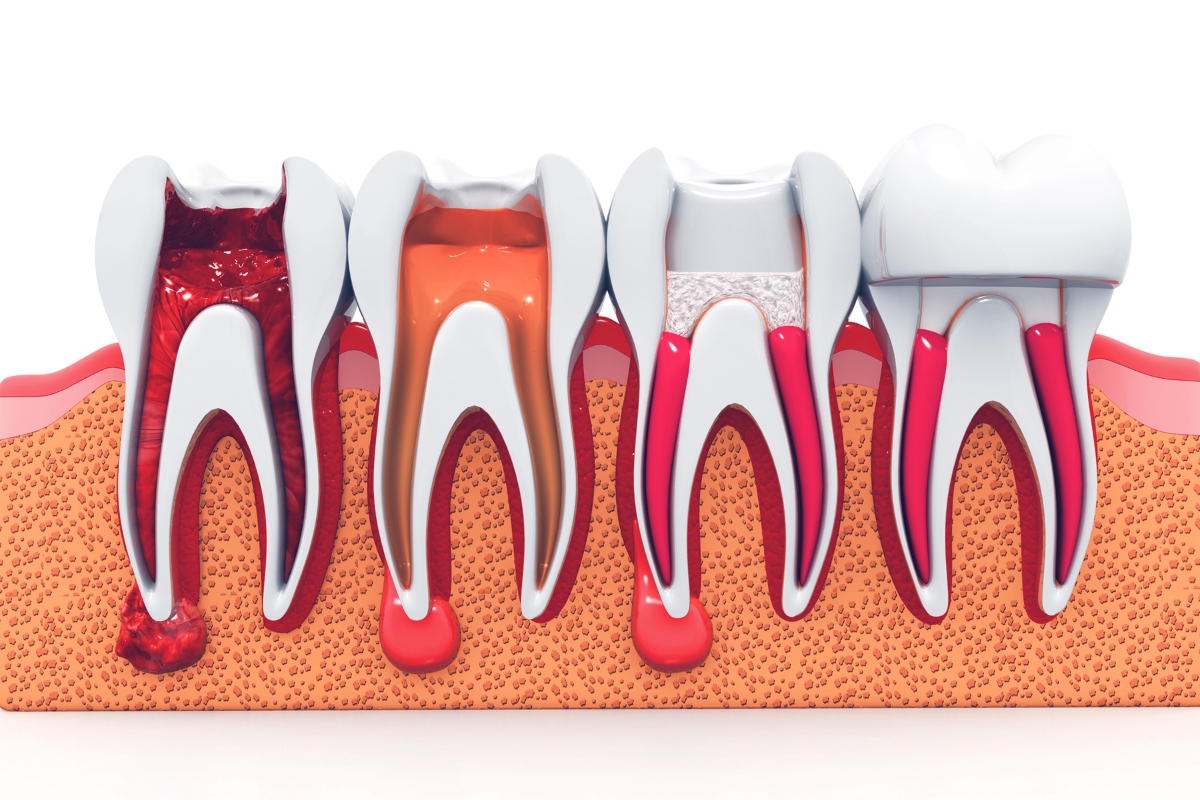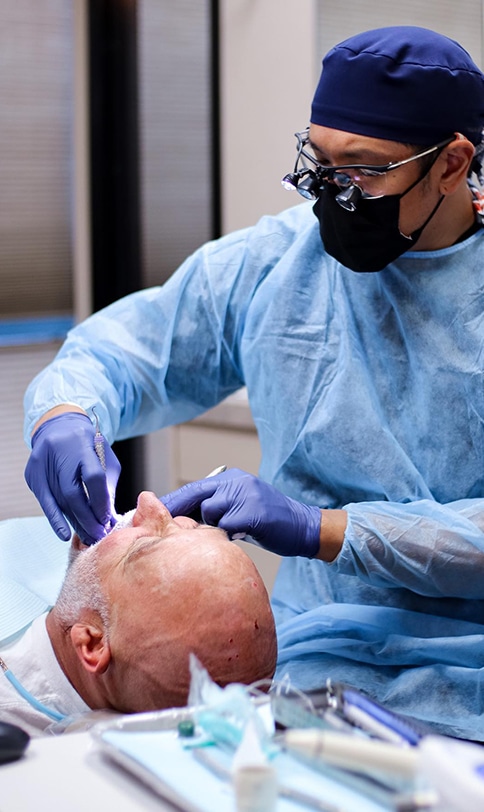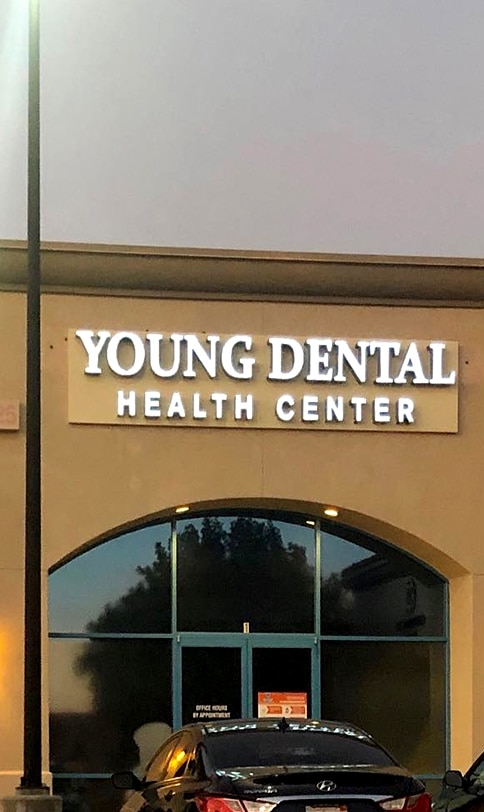E-mail Us
Signs You Might Need a Root Canal – Insights from Dr. Clifford in Upland

Who doesn’t want to keep their teeth for life, right? So we brush, we floss, we do our best to take care of our dental health. But sometimes, even if you’re on top of everything, dental problems sneak up, and you’ll need a dentist to step in. One of the most common fixes is a root canal. Perhaps you’re unsure if you or someone you care about really needs one. Spotting the early warning signs is helpful. Dr. Clifford Young, a dentist in Upland, shares what to look out for when it comes to root canals.
So, what exactly is a root canal?
Basically, it’s a treatment for when the inside of your tooth—the pulp — gets infected or damaged. That pulp holds nerves and blood vessels, and if it goes bad, you’ll be in pain. Instead of pulling the tooth, a root canal cleans out the infected material and seals the tooth, allowing you to keep it. Usually, a dentist performs this procedure if the tooth is deeply decayed or infected, and the pain persists.
Here’s how you know you might need a root canal:
1. Persistent Tooth Pain
If your tooth just won’t stop hurting, especially when you chew or put pressure on it, it’s time to pay attention. Sometimes the pain comes and goes; sometimes it just lingers. Either way, don’t wait it out. Get it checked before the situation worsens.
2. Sensitivity to Hot or Cold
Ever get that zing of pain when you sip something hot or bite into ice cream? Sure, some people have sensitive teeth, but if it sticks around or gets worse, it might mean there’s a problem with the nerve inside your tooth.
3. Swollen or Tender Gums
If the gum around a tooth feels swollen or sore, that’s another red flag. If the swelling is located right around the base of one tooth, this can indicate an infection, and you may need a root canal to resolve it.
4. Tooth Discoloration
Notice a tooth changing color—getting darker or grayish—after an injury or just out of nowhere? That’s usually a sign that the pulp inside is dying or infected. Blood flow is cut off, and the tooth begins to appear different. A root canal can save it.
5. Pimple-like Bumps on Your Gums
If you spot little bumps on your gums, similar to pimples, near a sore tooth, you may have an abscess. That’s an infection that needs to be addressed quickly. It spreads from the root out into your gums and jaw. A root canal usually clears up the source of the problem.
So what actually happens during a root canal? First, Dr. Clifford will examine your tooth, probably taking an X-ray to see what’s going on. If you need the procedure, here’s the basic rundown:
- You’ll get numbed up so you’re comfortable.
- The dentist cleans out the infected or damaged pulp.
- Once it’s free from infection, they seal up the tooth.
- Most of the time, they’ll put a crown on top to protect and strengthen it.
How can you avoid needing a root canal in the first place? Start with the basics:
- Brush twice a day and floss every day—don’t skip this step.
- Cut back on sugar; it feeds the bacteria that cause decay.
- See your dentist regularly (twice a year). Catch problems early, before they escalate into major issues.
If you think you need a root canal, don’t wait. The sooner you get help, the better your chances of saving the tooth will be. Dr. Clifford and the team at Young Dental Health are ready to help you navigate your dental needs and provide the care you require.
FAQs
- What causes the need for a root canal?
A root canal is needed when the pulp of the tooth becomes infected or inflamed due to decay, injury, or repeated dental procedures. - Is a root canal painful?
Contrary to common belief, a root canal is not painful. Local anesthesia ensures you remain comfortable during the procedure. - How long does a root canal take?
The procedure usually takes one to two hours, depending on the complexity of the tooth. - Can I delay a root canal?
Delaying a root canal can lead to further infection, increased pain, and even tooth loss. It’s best to seek treatment as soon as possible.








